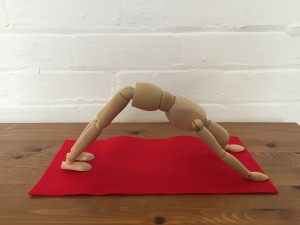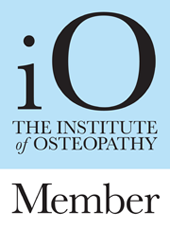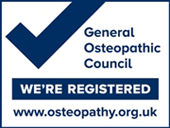Osteopathy, Pilates & Yoga

Part of our continued responsibility in the osteopathic care of a patient is to guide him/her towards taking preventative measures against the return of their symptoms (part of our ‘long-term management’ protocol). Very often we find ourselves discussing the merits of Pilates and yoga at this stage.
In this blog article, we will highlight some of the main differences and similarities between these two popular practices. (Please bear in mind that there are many varieties of yoga and Pilates, making it difficult to make finite distinctions between the two).
Origin
Pilates was devised by Joseph Pilates in the mid-20th century as a new approach to exercise, rehabilitation and strengthening.
Yoga started in India over 5,000 years ago as a spiritual practice, evolving over the years into many different styles (including but not limited to: Ashtanga, Bikram, Hatha, Iyengar, Mysore and Vinyasa) and across a wide range of cultures.
Mind, body and spirit
Pilates focuses on creating an understanding that the mind and body are connected and how this can help in everyday life.
Yoga concentrates on the mind and body in conjunction with an added spiritual element through the practice of deep breathing and meditation. We often tell our patients wishing to combat stress that yoga would be a good option for them.
Class format
Pilates classes are structured exercise routines, making their content a little more predictable than yoga. Their focus is to strengthen the core of the body and spine via a regimented group of exercises.
Yoga classes are put together by style and each style has different poses, which can be combined in any which way to allow enormous flexibility in routine. In accordance with the style of yoga being practised the teacher may relate it to a specific theme. Meditation is an added element that is often (but not always) incorporated, introducing the class ‘focus’ and ‘dedication’ at the beginning and cementing the ‘benefits of the practice’ at the end.
Workout and benefits
Strength and flexibility are gained in both Pilates and yoga.
Pilates focuses on aligning the spine and strengthening the core, offering a complete body workout without necessarily adding to muscle bulk. Classes may use machines (e.g. block, chair, reformer, trapeze, wobble board) to gain strength, while others are mat-based and use the resistance of the body to enhance balance and posture.
Yoga classes work the muscles of the body in equal measure. Each yoga pose is accompanied by a counter-pose to create balance within the body. While core stability is an important element in yoga, it is not the entire focus. Yoga poses increase flexibility, joint strength, healing, blood flow to the internal organs and a sense of well-being.
Breathing techniques
Pilates coordinates exercises with inhale and exhale patterns, using each breath to initiate and control movement. ‘Lateral breathing’ is the required technique, maintaining a contraction of the abdominal muscles throughout an exercise. The deep in-breath should be felt all the way down the spine and into the pelvis, emphasising expanding the breath into the back and sides of the ribcage. With practice, the abdominals are pulled in properly, protecting the spine and acting like a supportive corset for the whole trunk.
Breathing in yoga is very deep, slow and deliberate. Some energetic, flow-based yoga styles (e.g. Ashtanga and Vinyasa) employ the ‘ujjayi’ breath, breathing in and out exclusively through the nose and matching each deep breath to the movements and postures of the session. ‘Pranayama’ are breathing-dedicated segments within a yoga class.
Back pain
Pilates is very good for supporting and strengthening the back, with its big focus on core stability.
Yoga improves spinal flexibility and strength. However certain postures are unsuitable (e.g. deep forward flexion / bends) post-injury.
Please contact us for free advice this week (www.woburnosteopaths.co.uk/contact/) and we will gladly point you in the direction of one of our local Pilates or yoga instructors.
Namaste.


